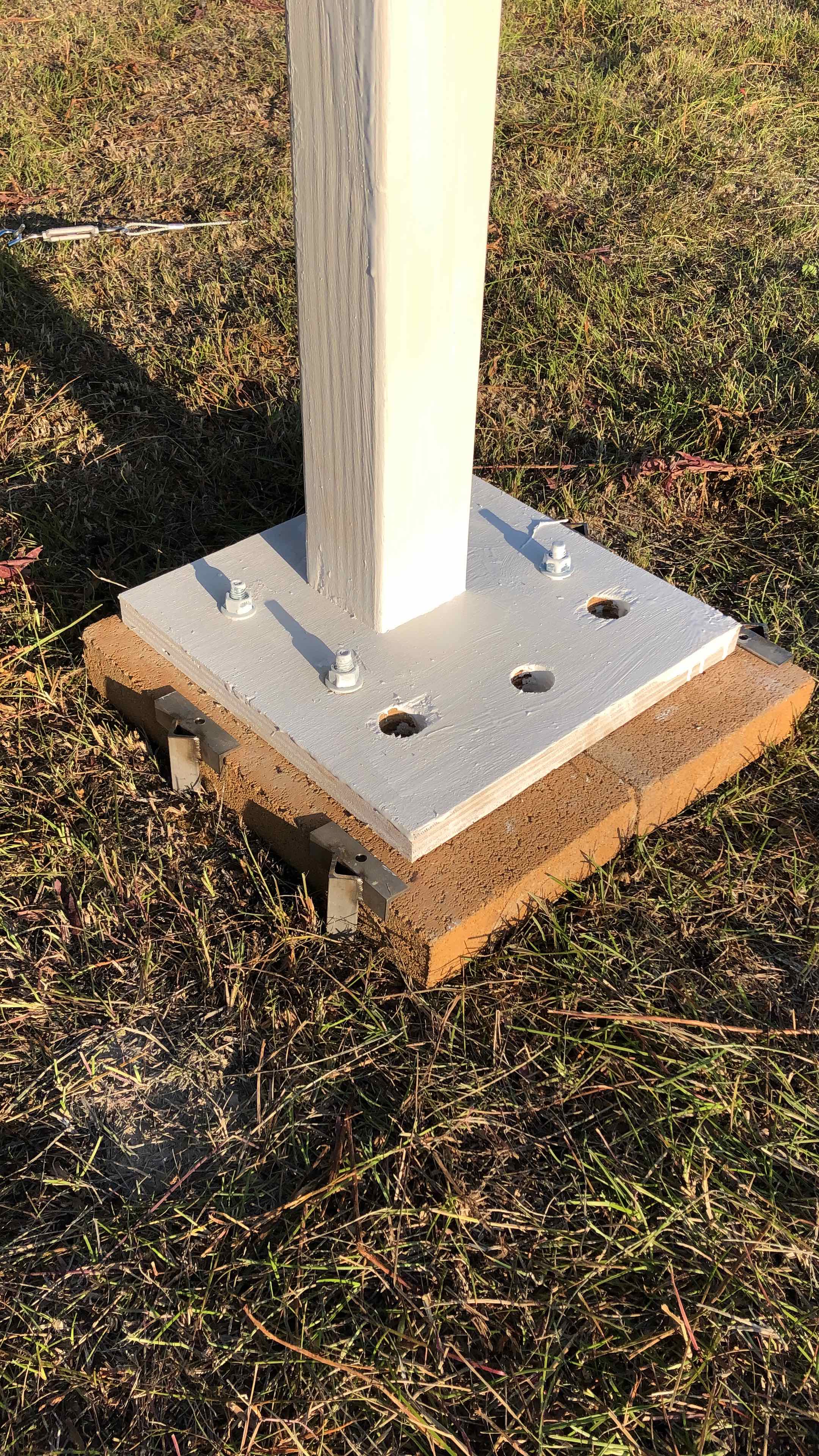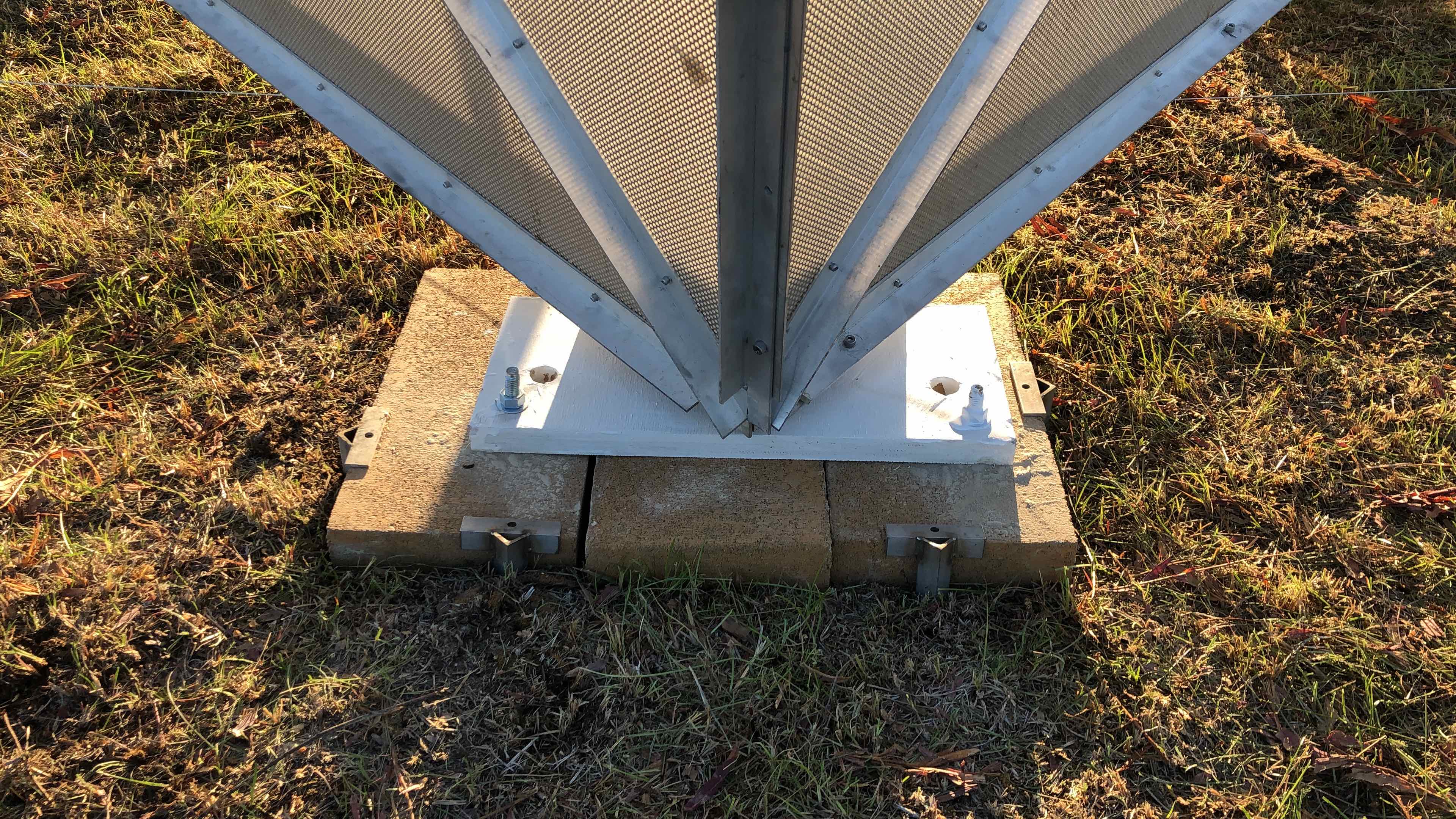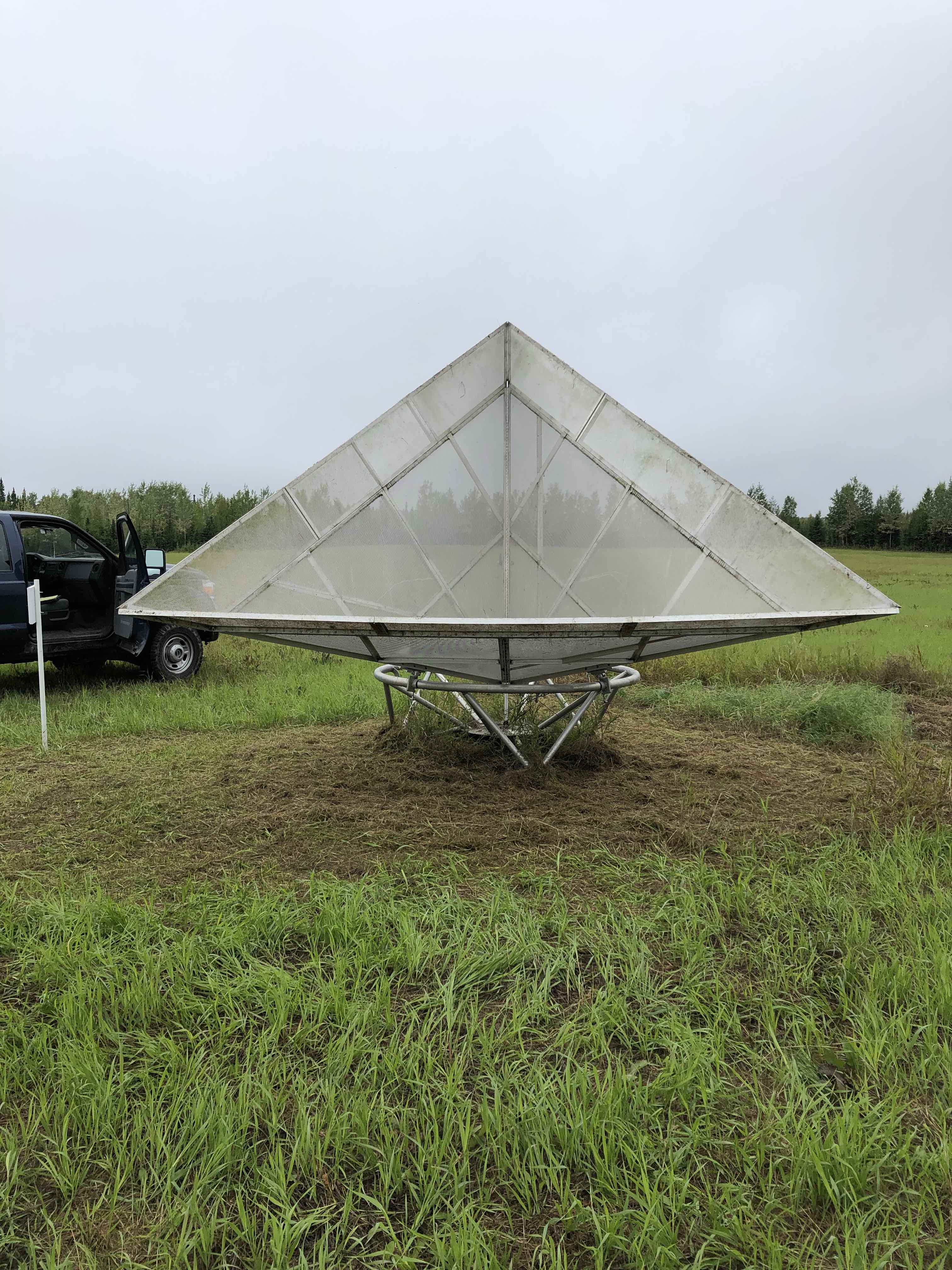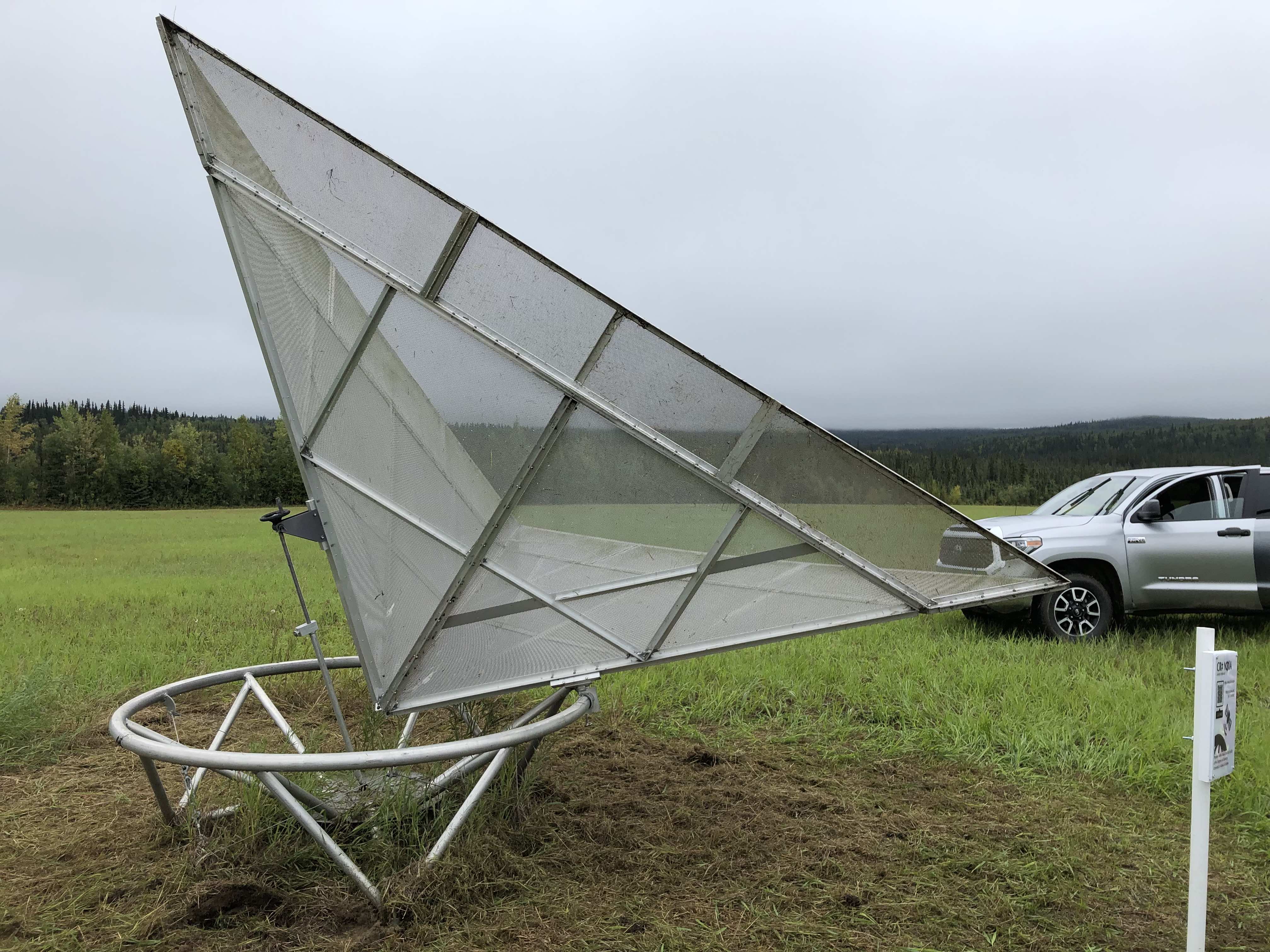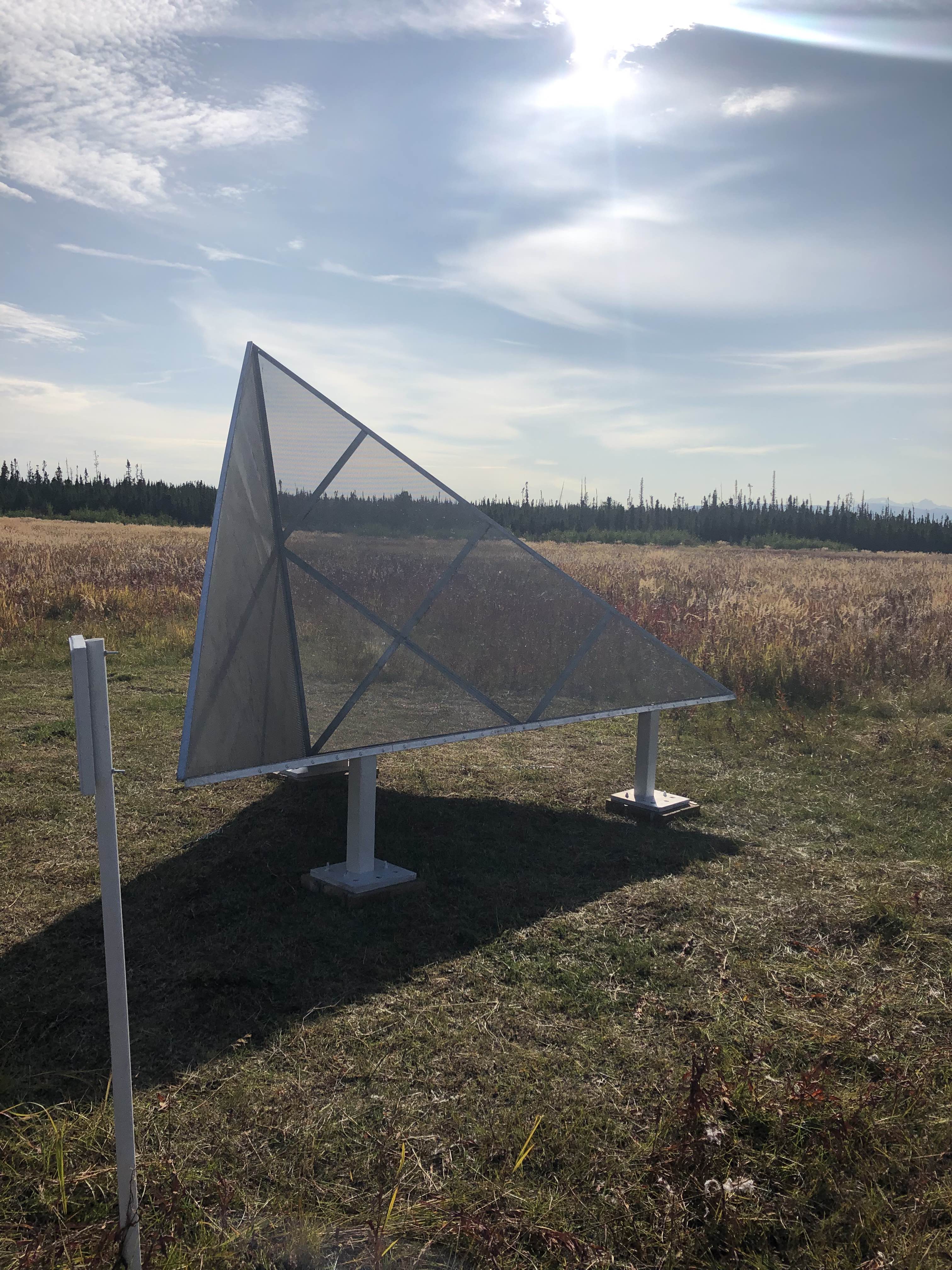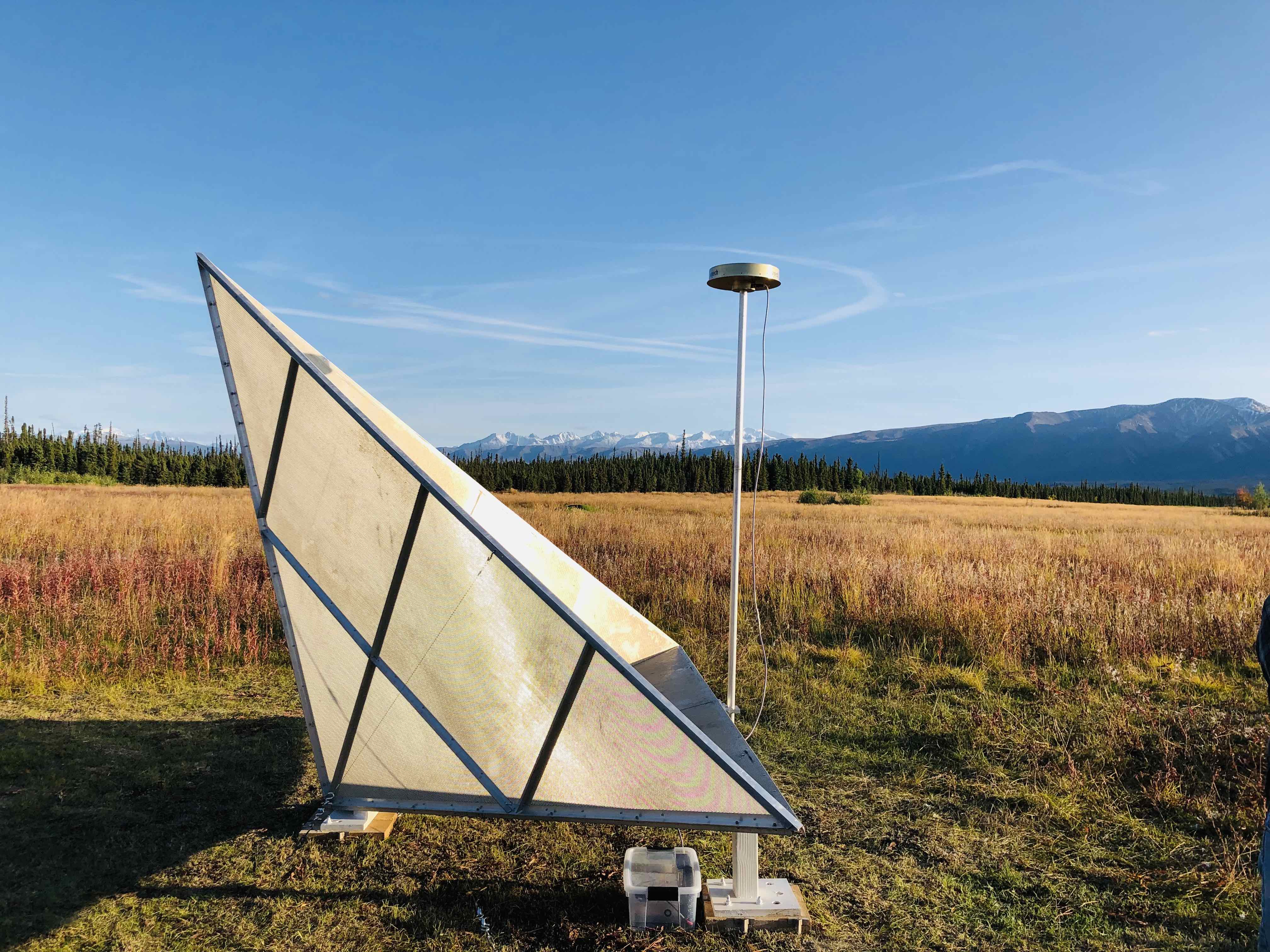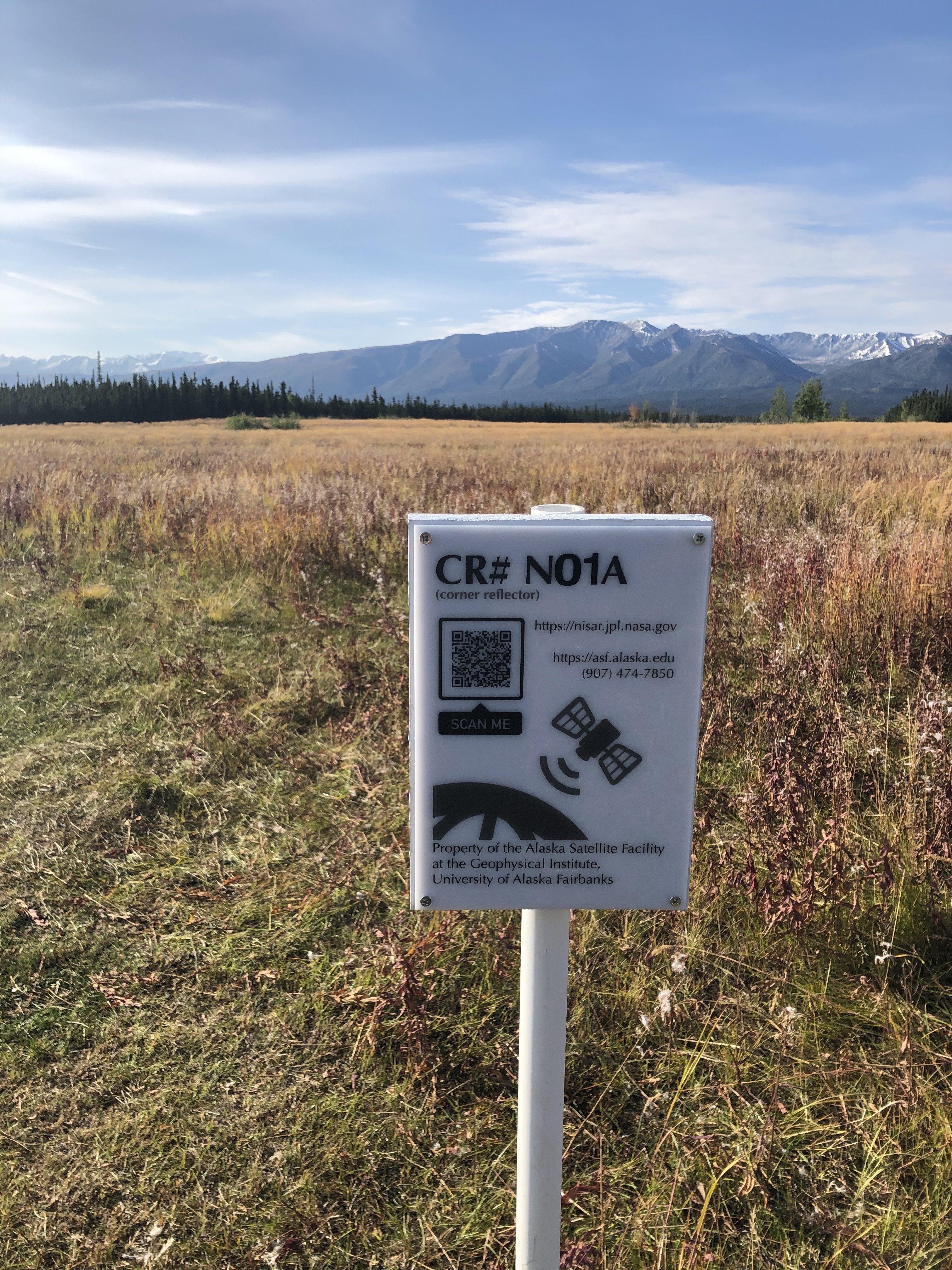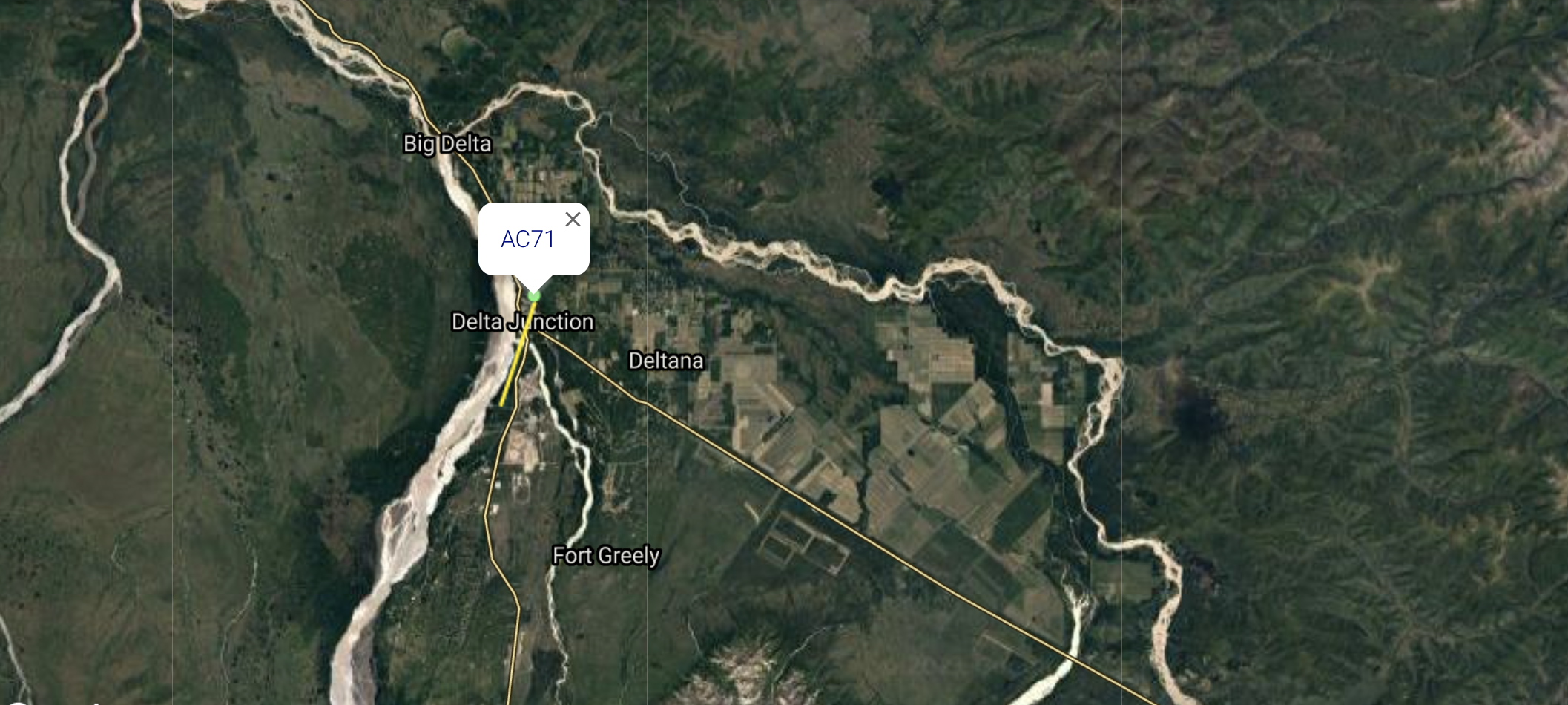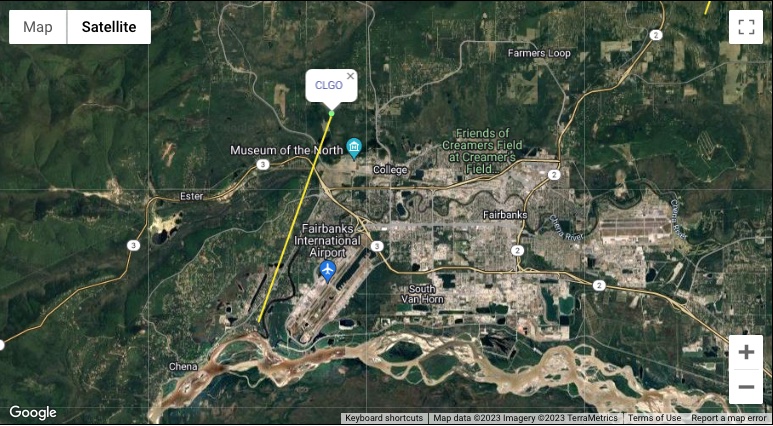Technology > Calibration > NISAR Calibration
NISAR Mission
The NISAR mission is a satellite SAR jointly developed by NASA and ISRO, India's space agency. The NASA-ISRO SAR (NISAR) mission will measure our planet's changing ecosystems, dynamic surfaces, and ice masses. This will provide scientists with valuable information about biomass, natural hazards, soil moisture, and sea-level rise.
NISAR Calibration
Post-launch cal/val activities may involve imaging well established ground targets. NISAR cal/val will partially use a Corner Reflector (CR) array as these targets are commonly used for SAR systems. As many as 20 corner reflectors located in NISAR's swath over the Oklahoma and Texas areas will be deployed for NISAR calibration. Additional corner reflectors will be deployed near Fairbanks and Delta Junction, Alaska.
Alaska NISAR Calibration Array
The NISAR Alaska Calibration Array is in Fairbanks AK, and Delta Junction AK.

More details can be found in the kmz file below along with their precise locations.
Construction
Each NISAR CR measures 2.8 meters (9.2 ft) and is a triangular-trihedral reflector constructed with 0.125" Aluminum Alloy 5052 H32 perforated sheets with staggered round holes of size 0.188". They are retained to the ground with 1/16" guy-wires pulled down to the ground with turnbuckles attached to duckbill anchors buried 18" into the ground. The front and rear wooden platforms rest on 2" high cinder blocks attached with wedge anchors and held down by 14" metal stakes.
The University of Alaska at Fairbanks (UAF) CR measures 3.0 meters (9.8 ft) and is also a triangular-trihedral reflector. It is mounted on a ring stand and can be rotated to other azimuth directions.
Deployment
Initial deployment of two 2.8 m NISAR Corner Reflectors occurred in late August 2021 near Delta Junction, Alaska. Two additional 3.0 m UAF Corner Reflectors were also deployed, one also near Delta Junction, and the other near Fairbanks. The image below is of N01A. Signage was also placed with all the deployed CRs
Coordinates
The coordinates listed here are in IGS14 Reference Frame. See a chronology of reference frames for additional information. The coordinates are expressed as WGS-84 geodetic latitude and height above the reference ellipsoid such that:
- a = 6,378,137 meters
- f = 1/298.257222
The GNSS measurements are processed in a Center Mass (CM) frame. Those coordinates were then converted to the Earth's Center of Figure (CF) frame to account for the Earth's geocenter motion.
The coordinates for the sites in Delta Junction (N01A, N02A, N32A) are referenced to epoch 01-Sep-2021 and modeled with 2.219 cms/year of plate motion with an azimuth direction of 199.28° and 0.3332 cms/year vertical. Specifically the changes in East, North, and Vertical are modeled as:
- delta_east_in_meters = -0.007327 * ( gps_time_past_01-September-2021_in_secs) / 365.25 / 86400
- delta_north_in_meters = -0.020946 * ( gps_time_past_01-September-2021_in_secs) / 365.25 / 86400
- delta_vertical_in_meters = +0.003332 * ( gps_time_past_01-September-2021_in_secs) / 365.25 / 86400
These rates are from the multi-year time series analysis of the permanent PBO site AC71 as here.
The coordinates for the site near Fairbanks (N31A) is referenced to epoch 01-Sep-2021 and modeled with 2.381 cms/year of plate motion with an azimuth direction of 199.14° and 0.0942 cms/year vertical. Specifically the changes in East, North, and Vertical are modeled as:
- delta_east_in_meters = -0.007809 * ( gps_time_past_01-September-2021_in_secs) / 365.25 / 86400
- delta_north_in_meters = -0.022501 * ( gps_time_past_01-September-2021_in_secs) / 365.25 / 86400
- delta_vertical_in_meters = +0.000942 * ( gps_time_past_01-September-2021_in_secs) / 365.25 / 86400
These rates are from the multi-year time series analysis of the permanent PBO site CLGO as here.
Corner Reflector (CR) Data
KMZ file of NISAR and UAF CRs in Alaska. In purple are the 0.8-m square-trihedral corner reflectors. In orange are ASF's 2.4-m triangular-trihedral corner reflectors. In green are the NISAR 2.8-m triangular-trihedral corner reflectors. In maroon are ASF's 3.0-m triangular-trihedral corner reflectors.
Use the 'Get Corner Reflector Data' button to retrieve the vertices of the the NISAR corner reflectors (latitude, longitude, orientation, etc) for a particular date. Data goes back to September 01, 2021. Output is a comma-separated value (CSV) file.
Select type tide-free for conventional tide-free crust (ITRF), select type instantaneous-crust for instantanous observed crust, and select type mean-crust for permanent tide. See for example, terrestial reference systems, particulary Figure 1.1 for additional information. The entered date applies the average plate motion of nearby GNSS sites CLGO (for N31A, S01A, and S02A) or AC71 (for N32A, N01A, N02A, N03A, N04A, and N05A). The date also applies the solid tide, pole tide, and ocean tide with the FES2014b Ocean Tide Model and center of mass due to both solid Earth and ocean. The reference system instantaneous-crust is a function of latitude, longitude, and the entered time. The reference system mean-crust is a function of latitude only. See for example, permanent tide deformation.
Coordinate Type:
Get Corner Reflector Data
Use the 'Get Tide Data' button to retrieve 48 hours of the tide perturbations centered at the entered date.
Get Tide Data
Contact:
Ronald Muellerschoen
Jet Propulsion Laboratory
Mail Stop 300-243
4800 Oak Grove Drive
Pasadena, California, 91109
Tel: (818) 354-0717
Email: rjm@jpl.nasa.gov
